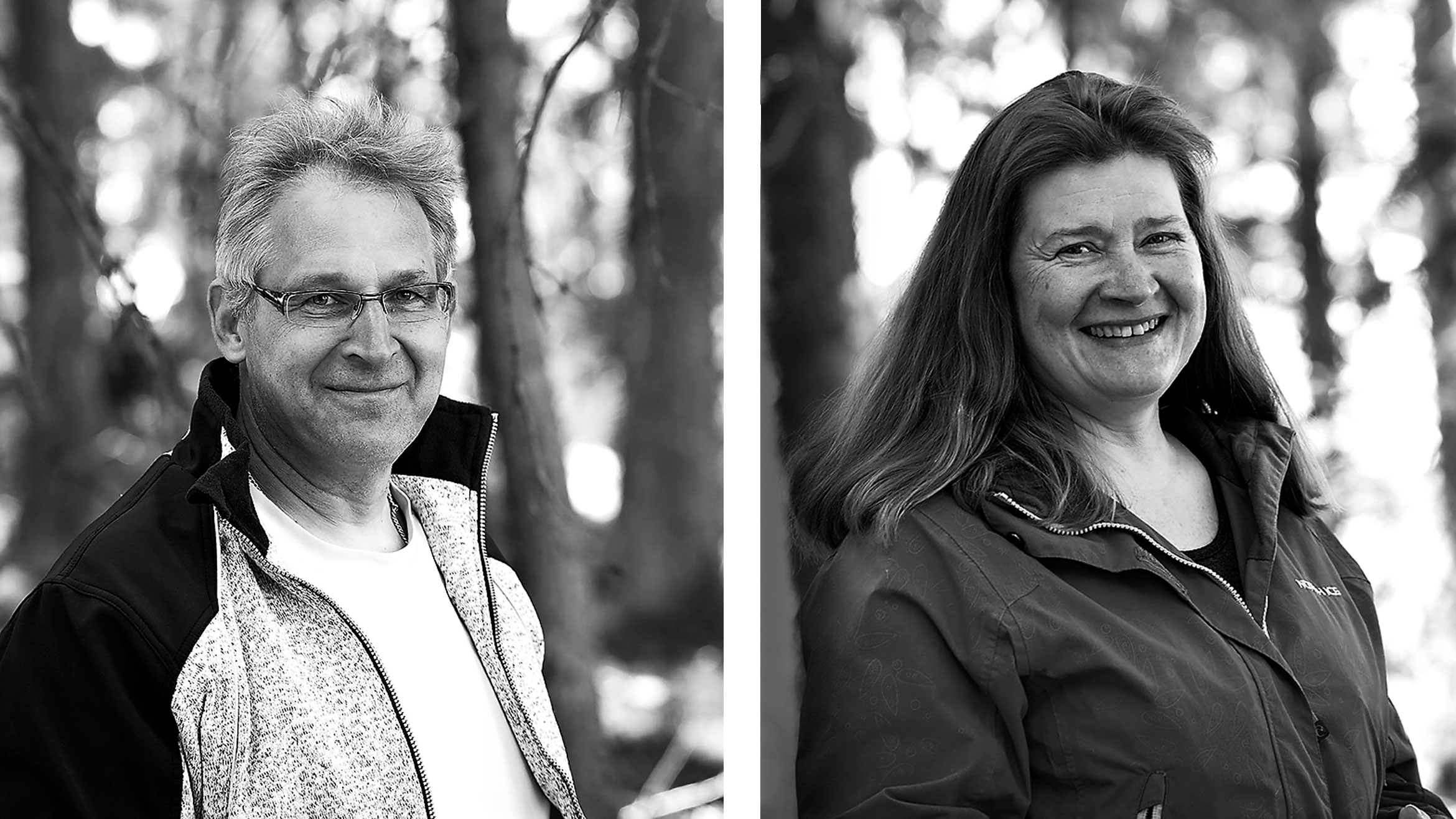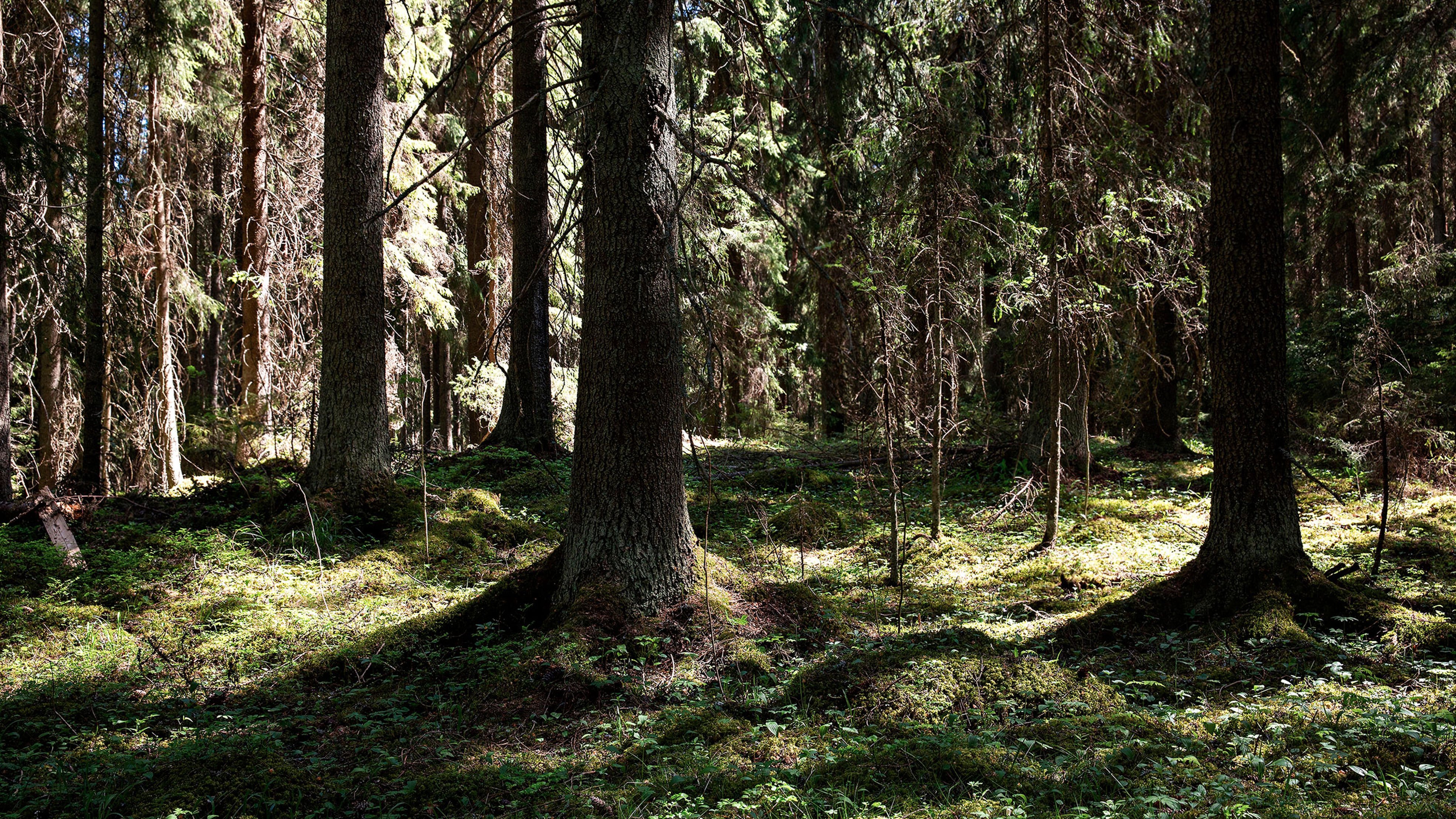Forest owners Hanna-Maija Anttila and Timo Vehmas run a family estate called Sipari in rural Forssa, Southern Finland. The estate provides year-round employment to its owners, given that it is consists of not only a hundred hectares of forest, but nearly 200 hectares of fields and a piggery. The fields are used for the cultivation of barley, oat and wheat, with a few hectares set aside for growing hay for the pigs.
The forest represents the source of both income and recreation for the couple. That is why they want it to be managed as well as possible. Due to all the other farm work, the owners do not have the time to take care of all the forest work themselves, which is why they buy some of the work in the form of services.
A forest plan looks in to the future
Anttila and Vehmas are customers of Metsä Group's forest asset management service. They have been provided with an estate-specific forest plan that views forest management from a long-term perspective.
In the plan, the forests are divided into stands according to the development stages and growth locations of the trees as well as future management and harvesting needs. The plan also displays valuable habitats on the estate, such as herb-rich forests and sunlit slopes, or any other areas different from the surrounding forest.
"Before, a forestry plan was valid for ten years at a time. Nowadays, a plan in digital format in the Metsäverkko service is good for up to 20 years," says Tauno Tuuppa, a Forest Specialist at Metsä Group.
Monitoring and updating the plan is included in the service and taken care of by the forest specialist. In addition, the forest specialist updates changes to the stands and any suggestions for further measures. Many management activities and harvesting carried out by Metsä Group are updated into the plan automatically.

Practical planning takes place in the forest
The annual plan is a tool with a shorter range than a forest plan. It includes entries on the stands that are next up for harvesting or management measures. The required measures are specified for one year ahead.
"In practice, it is pretty much about following the forest plan on an annual level. When you get things done on time, you will not be left with a backlog of management and thinning work. At the same time, we are ensuring as good a profit as possible for the forest owner," says Tuuppa.
The annual planning is based on walking through the forest with the forest specialist twice a year.
"During the walk, we can view the forest plan in the Metsäverkko service with a tablet or phone. We plan harvesting, preliminary clearing, the tending of seedling stands and planting. Being there, on location, gives you the best idea of what needs to be done," says Vehmas.
"When you look at a well-managed forest, what you see is not more work to be done or an income source, but the great nature and scenery," adds Anttila.
This article was originally published in Fibre Magazine issue 2020–2021. Read the whole article.
